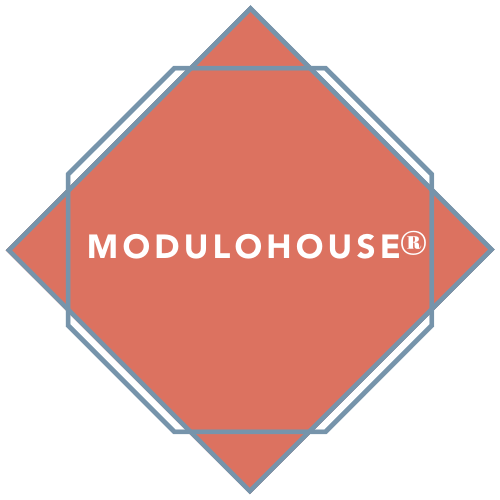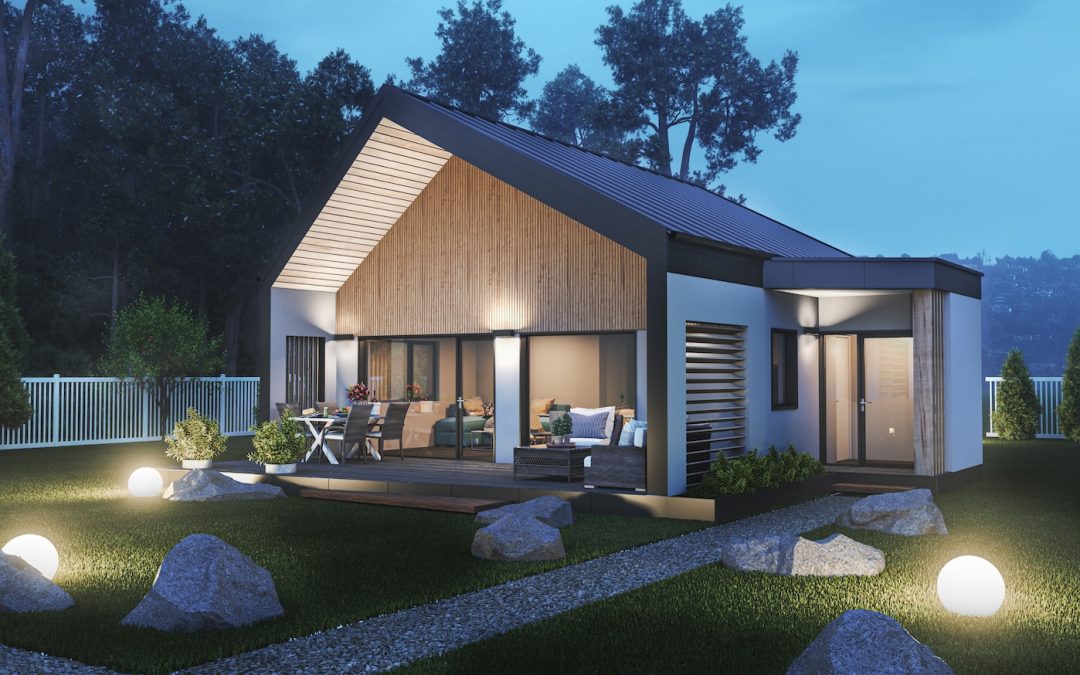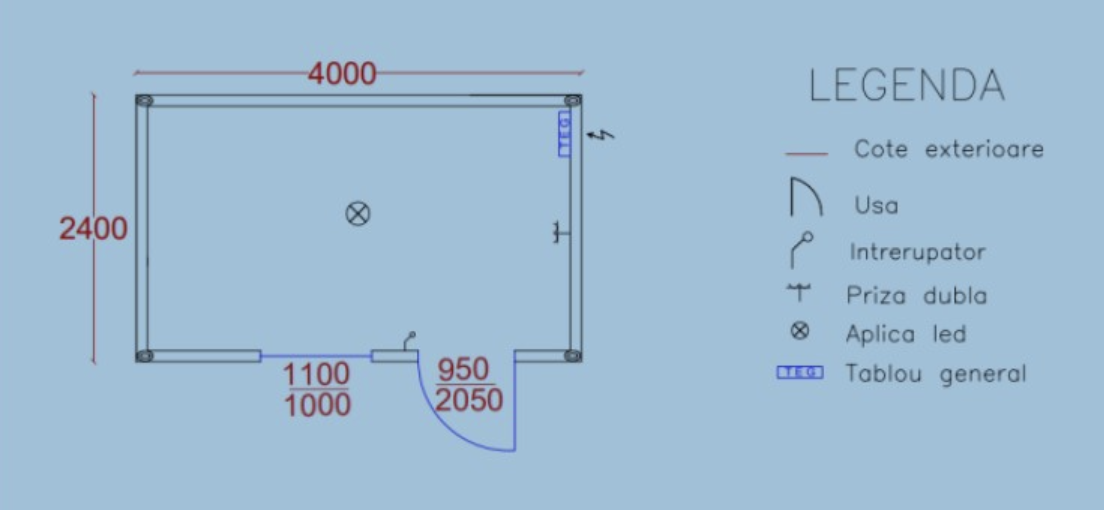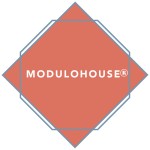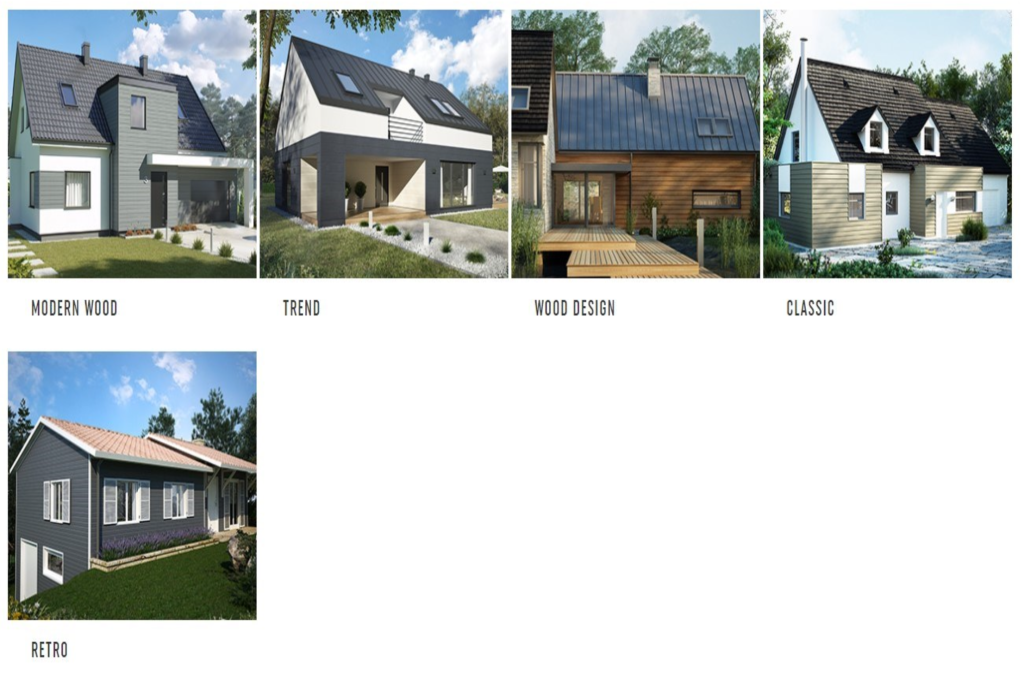As energy efficiency becomes a priority across Europe, the demand for smart and sustainable housing solutions is rapidly growing. Among the most innovative answers to this challenge are modular homes — fast, flexible, and environmentally responsible buildings that align perfectly with the EU’s nZEB (Nearly Zero-Energy Building) standard.
What Is the nZEB Standard?
The nZEB (Nearly Zero-Energy Building) standard, defined by the European Directive 2010/31/EU, requires that all new buildings in the European Union have very low energy needs, which must be covered largely by renewable sources. These sources can be produced either on-site or nearby.
In simpler terms, an nZEB-compliant home is one that uses very little energy for heating, cooling, lighting, and ventilation — and most of that energy comes from the sun, wind, or other renewable technologies.
Since 2021, all new residential buildings in the EU must meet this standard — and modular homes are among the best candidates.
Why Modular Homes Meet nZEB Requirements
A well-designed modular house is naturally suited for nZEB compliance. Built in factory-controlled environments using precise technologies and sustainable materials, modular homes offer multiple advantages that help them meet the strict energy performance levels required in the EU.
Here’s how a modular house meets and exceeds nZEB expectations:
1. High-Quality Insulation and Airtightness
Every modular home includes advanced insulation systems in walls, floors, and roofs. The airtight structure reduces heat loss, helping maintain a stable indoor temperature with minimal energy use. Triple-glazed windows and thermal bridges are also carefully optimized.
2. Integration of Renewable Energy Systems
Modern modular homes are often pre-equipped or pre-designed to include solar panels, heat pumps, or ventilation systems with heat recovery. This makes it easy for homeowners to generate clean energy and significantly reduce their carbon footprint.
3. Energy-Efficient Building Envelope
The materials and methods used in modular construction result in an efficient building envelope that minimizes energy demand. In many cases, the factory-built modules are even more energy-efficient than site-built alternatives.
4. Digital Planning and Quality Control
Because a modular house is planned and built with digital precision, errors that would normally lead to energy waste are eliminated. Every component fits perfectly, and energy systems are tested and integrated before the house even reaches the site.
A Smart Investment in the Future
Choosing a modular house that meets the nZEB standard is not only an environmentally responsible decision — it’s a smart financial investment. Reduced energy bills, access to green subsidies, and long-term comfort are just a few of the benefits.
More importantly, modular homes help future-proof your living space against tightening environmental regulations and rising energy costs.
Conclusion
In the age of climate awareness and rising energy prices, modular homes built to the nZEB standard offer the perfect combination of modern design, comfort, and sustainability. By choosing a modular house today, you are investing in a greener tomorrow — one with lower costs and higher living standards.
